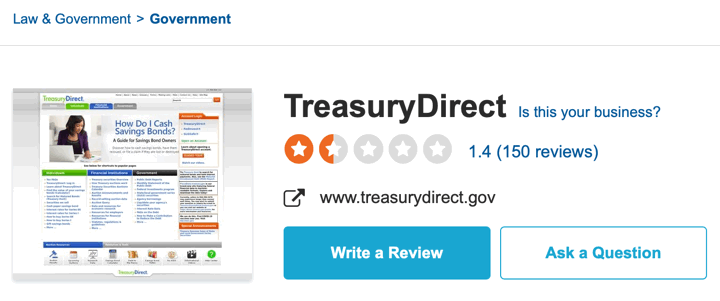
TreasuryDirect.gov is the official site for individuals to directly purchase US savings bonds and US Treasury bonds, including new T-Bills and TIPS at auction. But is it still worth the hassle? Back in August 2024, TreasuryDirect sent me the following e-mail when converting my paper bonds to electronic:
Cases are worked in the order they are received in our office. Your request is important to us and will receive attention as soon as possible. Please be aware of our estimated processing times to process your case which are based on the case type:
Cases requesting to cash Series EE and/or Series I paper savings bonds held in your name, at least 4 weeks.
Cases requesting to cash Series HH savings bonds held in your name, at least 3 months.
Unlocking your TreasuryDirect account, updating bank information in that account, or converting your paper savings bonds into electronic bonds in TreasuryDirect, at least 4 weeks.
Claims for missing, lost, or stolen bonds, at least 6 months.
All other cases, at least 20 weeks.
If we require additional information to process your case, we will contact you. Thank you for your patience.
That’s at least a month for some pretty basic stuff like unlocking your account because you forgot what you said was your favorite movie. In October 2024, the WSJ published TreasuryDirect to Bond Buyers: Moving Your Money Could Take a Year regarding long delays transferring Treasury bonds to outside brokerages.
The resulting customer service backlog is straining the Treasury Department’s antiquated system, which can require verified signatures and paper forms sent through the mail. People transferring securities from TreasuryDirect to third-party brokerages face especially long waits because those requests are processed manually, according to people familiar with the matter.
TreasuryDirect tries to complete most of them within six weeks, but can take 12 months, depending on capacity. A notice on the TreasuryDirect website says some customer service requests “may require 12 months or more to process.” The notice had said the longest delays were about six months until the end of July.
Finally, there are multiple posts on the Bogleheads, Early Retirement, and Reddit forums about the difficulties of dealing with TreasuryDirect after the account owner passes away. Here’s one example from a user that was already familiar with the website, knew all the account information, and had the beneficiaries assigned correctly, but still encountered multiple forms, conflicting instructions, and months of delays – Treasury Direct – The Eternal Wait and No Way To Track Transfer:
I’m closing in on 3 months waiting for Treasury Direct to transfer several EE bonds and an I bond that were in my dad’s online Treasury Direct account to my online Treasury Direct account. My dad passed away at the end of December 2022 and I was registered as the beneficiary with POD on all of the bonds.
And the follow-up (emphasis mine):
My dad’s I bonds were transferred to me around the 4-5 month mark.
After that experience, I decided to liquidate all of my TD accounts, and will encourage my husband to do the same. I personally don’t want a repeat of this experience, or make my heirs go through such a lengthy process in resolving my estate.
What I learned from this experience is to not discount how much stress and mental bandwidth it takes to deal with TD when you’re also grieving the loss of a family member, and trying to settle the estate so you can move on financially.
Another similar estate horror story here.
Takeaway #1: Expect and prepare for slow service. It’s very clear that TreasuryDirect is an underfunded government program with very limited resources. Even most mega banks no longer cash in old paper savings bonds, so that has increased their workload as well. Any time there is a surge in demand, either due to relatively attractive rates on savings bonds or Treasury bills, they are going to get backed up. If you happen to lock yourself out of your account during one of these times, it may take months to fix it! Be very careful before you close that old bank account linked through TreasuryDirect. Use a reliable password manager, and be sure to add your answers to questions like “Who is your favorite child?”. Be sure to note your account information in multiple documents, in case someone needs to find it.
Takeaway #2: Never use TreasuryDirect for anything besides US savings bonds. TreasuryDirect.gov is the only place where you can purchase US savings bonds, but it is not the only place you can buy individual Treasury bonds and TIPS. Just open an account with a broker with better resources and a bond desk like Fidelity, Schwab, or Vanguard and go through them.
Takeaway #3: Consider your heirs and simplifying your accounts as you age. In my opinion, I would also avoid TreasuryDirect if you are older and you don’t want to burden your estate executors with dealing with TreasuryDirect. You can save them several months and many hours of calls and paperwork by liquidating your assets and consolidating them elsewhere. TreasuryDirect will likely take the longest to resolve out of all of your financial accounts.
Personally, I continue to gradually liquidate the savings bonds in my TreasuryDirect account and buying individual TIPS in an outside brokerage account instead. I will have to pay some taxes on the deferred interest, but since I am getting a 1% to 2% higher fixed rate via TIPS in many cases, it’s not that bad. I also worry that my survivors might completely overlook this account if something unexpected happens (there are no mailed paper statements, or even monthly e-mails of online statements.) I’d like to minimize any unnecessary headaches and consider this part of my overall portfolio simplification process.
If I was younger and still grinding for every small edge, I would probably still accept these shortcomings for the right interest rate and tax deferral properties, but nowadays the calculations are different.
Image source: Sitejabber
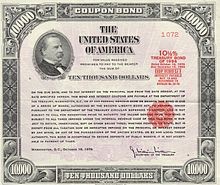

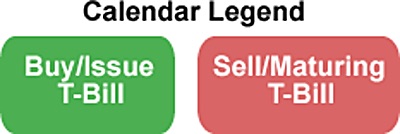
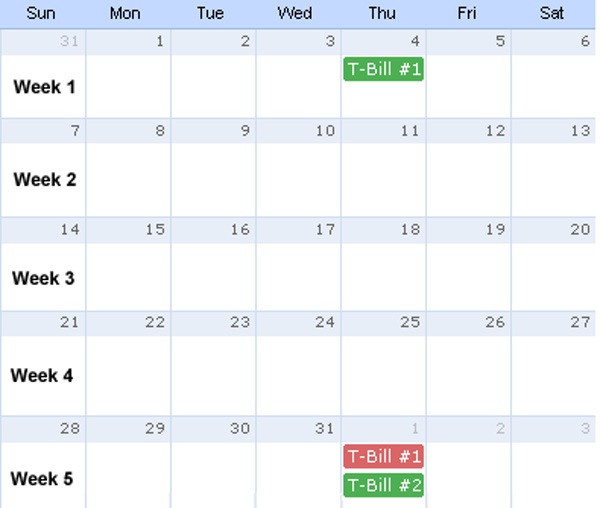
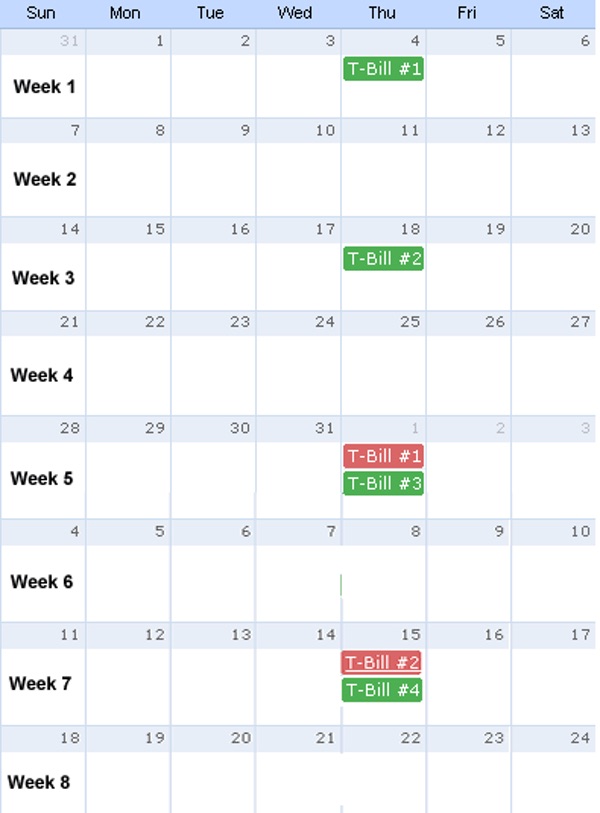
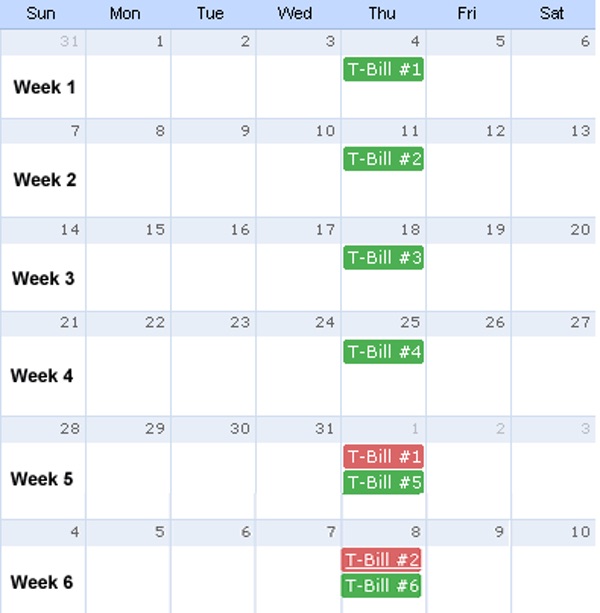
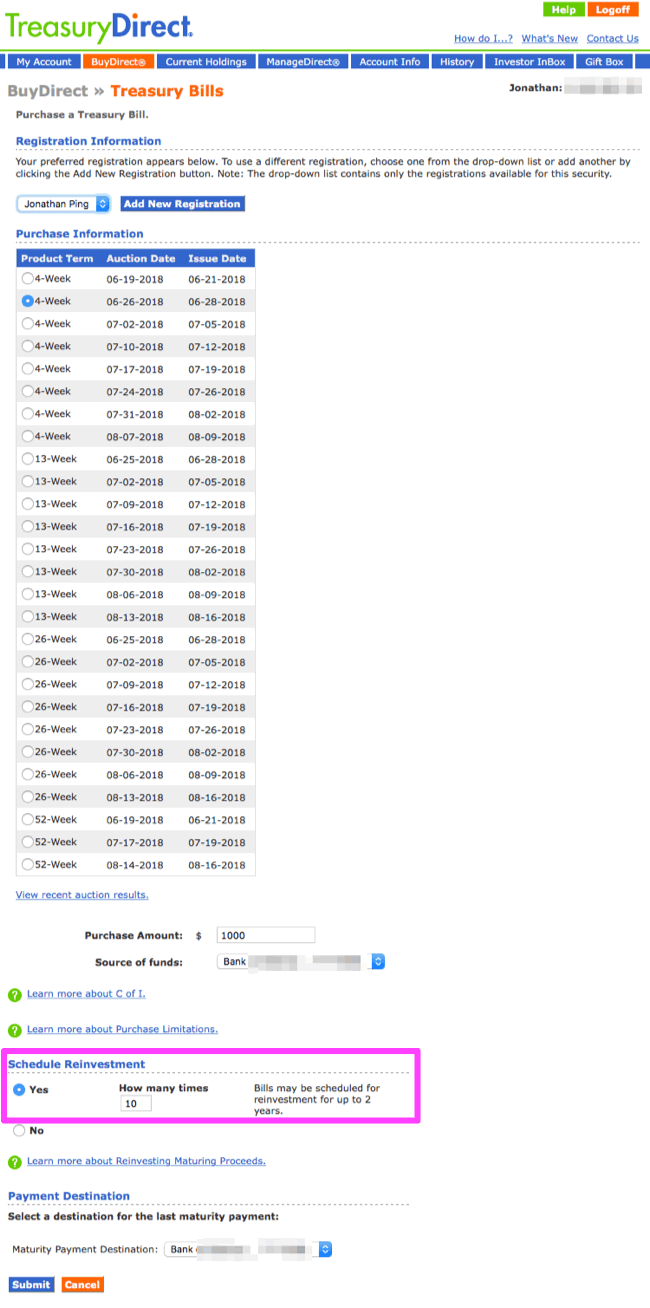
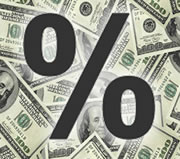
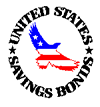 Despite the Treasury’s obvious dislike for the small investor, Series I Savings Bonds still offer a
Despite the Treasury’s obvious dislike for the small investor, Series I Savings Bonds still offer a 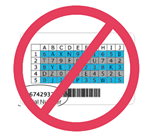
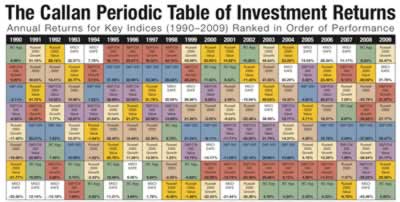
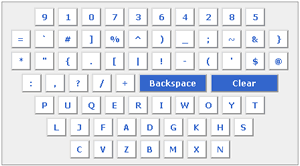
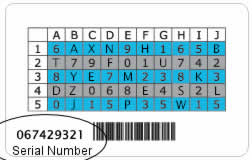
 The Treasury recently announced that as of April 7th minimum investment amount for government bonds will be lowered to $100 (previously $1,000). This includes all Treasury marketable bills, notes, bonds and Treasury Inflation-Protected Securities (TIPS). Thanks for the e-mails.
The Treasury recently announced that as of April 7th minimum investment amount for government bonds will be lowered to $100 (previously $1,000). This includes all Treasury marketable bills, notes, bonds and Treasury Inflation-Protected Securities (TIPS). Thanks for the e-mails. The Best Credit Card Bonus Offers – 2025
The Best Credit Card Bonus Offers – 2025 Big List of Free Stocks from Brokerage Apps
Big List of Free Stocks from Brokerage Apps Best Interest Rates on Cash - 2025
Best Interest Rates on Cash - 2025 Free Credit Scores x 3 + Free Credit Monitoring
Free Credit Scores x 3 + Free Credit Monitoring Best No Fee 0% APR Balance Transfer Offers
Best No Fee 0% APR Balance Transfer Offers Little-Known Cellular Data Plans That Can Save Big Money
Little-Known Cellular Data Plans That Can Save Big Money How To Haggle Your Cable or Direct TV Bill
How To Haggle Your Cable or Direct TV Bill Big List of Free Consumer Data Reports (Credit, Rent, Work)
Big List of Free Consumer Data Reports (Credit, Rent, Work)